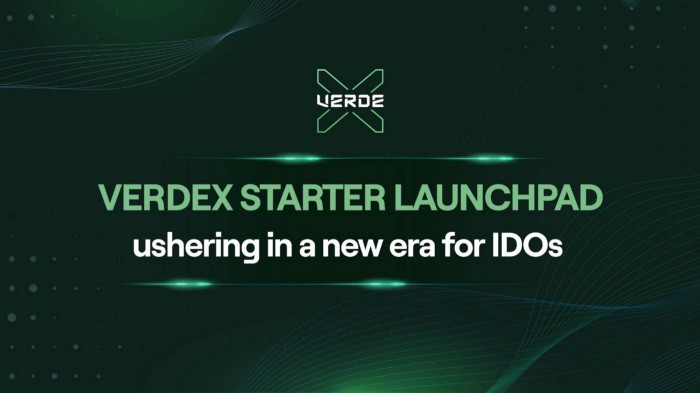
In the traditional startup realm, projects get the painstaking choice of deciding between incubators, accelerators or searching for angel investors to ramp up their impact. These choices are all in some shape or form, a kind of launchpad, which serves to catapult a new business from the depths of the unknown into a household name. You can think of the example of Facebook, where the initial angel investment from Peter Thiel helped to drastically expand its reach and user base.
For some brave entrepreneurs, there is also the bootstrapping option though, which has a smaller success rate unless you possess the extremely rare combination of talents including digital marketing, copywriting, and sales like Russell Brunson at Clickfunnels. Shifting from e-learning to the crypto industry, we can now explore the history of how startups or new projects, got going while still in the seed stage. Due to the border-less, instantaneous, and free-flowing nature of cryptocurrencies, raising capital theoretically should have been a walk in the park. However, without the proper structures in place, the initial model of ICOs (Initial Coin Offerings) proved to be an incomprehensible mishmash, where over ¾ of the ICOs turned out to be scams.
The concept of ICOs, perhaps failed in that it sought to emulate the model of IPOs (Initial Public Offerings), which are the highly regulated fundraising mechanisms for relatively well-established companies in traditional finance. With these hard-fought failures, the next progression of launchpads in crypto was the IEOs, which relied heavily on the prominence of centralized exchanges (CEXs) to bring relevance to a token.
In addition to bearing significant costs, IEOs gave off a vibe, which again was not dissimilar to what a company would have experienced with IPOs as there were significant costs that needed to be allocated for middlemen. Furthermore, a project that listed on a CEX during an IEO, could have its growth potentially limited based on the restrictions of the particular CEX. Yet while these limitations made way for the first IDO (Initial Decentralized Offering) in 2019, it would not be until the explosion of DeFi a year later, that its value could be entirely realized.
With the foundations of DeFi lying in being decentralized, trustless, and permissionless it was natural that IDOs would pick up that nature by receiving the benefits of immediate liquidity and faster trading. On top of having a cost-effective listing and token sale model, IDOs began to benefit token issuers as they never paid anymore direct fees to middlemen. They are also supposed to be inclusive, which means that anybody who follows the proper directions could invest. This is not entirely the case though in the current state of IDOs, as over-subscription to new projects from potential investors has yet to be adequately addressed in the marketplace.
One will find within any given blockchain, that the major launchpad of that particular chain, is what helps bring new innovation and provides the resources for startups to succeed. In the Algorand ecosystem for instance, there has been a great deal of support provided through the Ecosystem funding program to support IDO launchpad applications. With VerdeX Starter, we aim to be that such launchpad, which will assist projects in making a significant impact on Algorand and the crypto industry at large.
To date, VerdeX Starter has already been able to several projects launch, raise funds, and gain access to our partner network. For investors, there are four different auction types, that solve issues like over-subscription while simplifying UX. VerdeX Starter also offers consulting services that cater towards projects in the Pre-IDO, IDO, and Post-IDO stages. At the moment, we are in the process of taking applications and you can learn more about how to list your project or enlist in our consulting services here: https://s.verdex.finance/AK30
Originally published: https://medium.com/verdex/verdex-starter-launchpad-ushering-in-a-new-era-for-idos-2378d21f1b7e
Written by: Jacob Isenberg